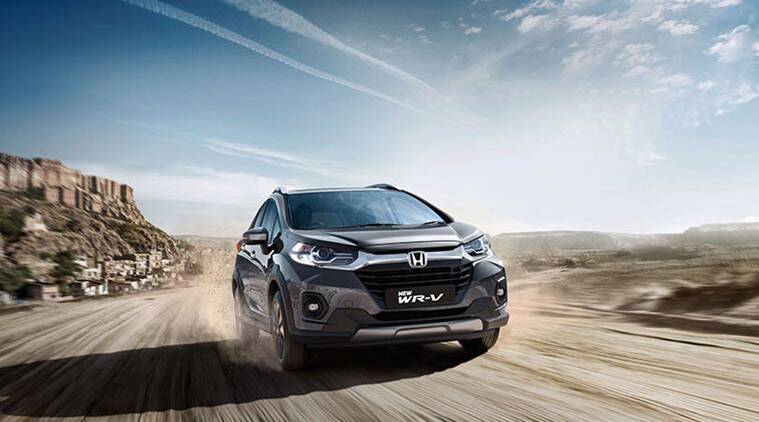Compact sports utility vehicles (SUVs) have recorded the fastest growth among all passenger vehicle segments this year, beating even lower-priced options like hatchbacks and sedans. This signals a shift in consumer preferences towards larger and more stylish vehicles priced under ₹10 lakh.
At the end of September, the share of compact SUVs in the market stood at 28% — a sharp rise from a paltry 4.6% in 2016, according to data from the Society of Indian Automobile Manufacturers (SIAM).
This rise has been led by Maruti Suzuki Brezza, Tata Nexon and Hyundai Venue, which had almost 15 product offerings. Currently, along with mid-sized and premium category products, SUVs control 51% of the Indian passenger vehicle market as of September-end — a 10-fold growth in seven years.
The shift in the market share has prompted companies to limit launches or completely exit the low-margin hatchback segment and concentrate on the high-margin SUV segment. In fact, with the exception of market leader Maruti Suzuki, no automaker has launched a hatchback in over a year.
Also Read: TVS-owned Commando 961: All you need to know
Shashank Srivastava, senior executive officer, marketing and sales, Maruti Suzuki India, said, “There is a price overlap between premium hatchbacks and entry-level SUVs. Clearly, the cross-consideration seems to have increased. Small SUVs became big in 2016, when we had the Vitara Brezza coming in, because before that the market was less than 5%. But today it is the largest sub-segment in the industry.” The Delhi-based company has not launched a new brand in the market, but has refreshed the Alto, Baleno, Wagon R and Celerio.
A number of foreign players have also opted out of the hatchback market. German giant Volkswagen stopped producing its only hatchback, Polo, before launching two SUVs. Honda will exit the segment completely with the phase out of Jazz in November. Nissan, MG Motor and Kia have a UV-only portfolio, while newer entrant Citroen has no plans to get into the hatchback segment.
The growth in SUVs has come at the expense of hatchbacks and sedans due to an overlap in pricing. Most compact SUVs are priced below ₹8 lakh (base variant, ex-showroom), which is also the price of most other body styles. SUVs offer more spacious interiors, higher seating position, convenient egress and ingress and are almost equally fuel-efficient as hatchbacks and sedans.
Hatchbacks measuring less than 4 meters in length grew by 29% in the April-September period, with sales of around 786,000, but SUVs less than 4 meters in length posted a 50% growth, clocking sales of nearly 540,000 during the same six months, as per data shared by the SIAM.
“While the overall market share of hatchbacks will remain sizeable, the broader trend will keep shifting in favour of SUVs and SUV-style vehicles. We expect the share of hatches and sedans to shrink to 40%, provided there is no tinkering in the GST for small cars,” said a top executive of one of the country’s biggest car brands.
Passenger vehicles up to 4 meters carry a GST of 28% (except electric vehicles) and a cess of 1-3%. All other vehicles carry a cess from 17% to 22%.



















